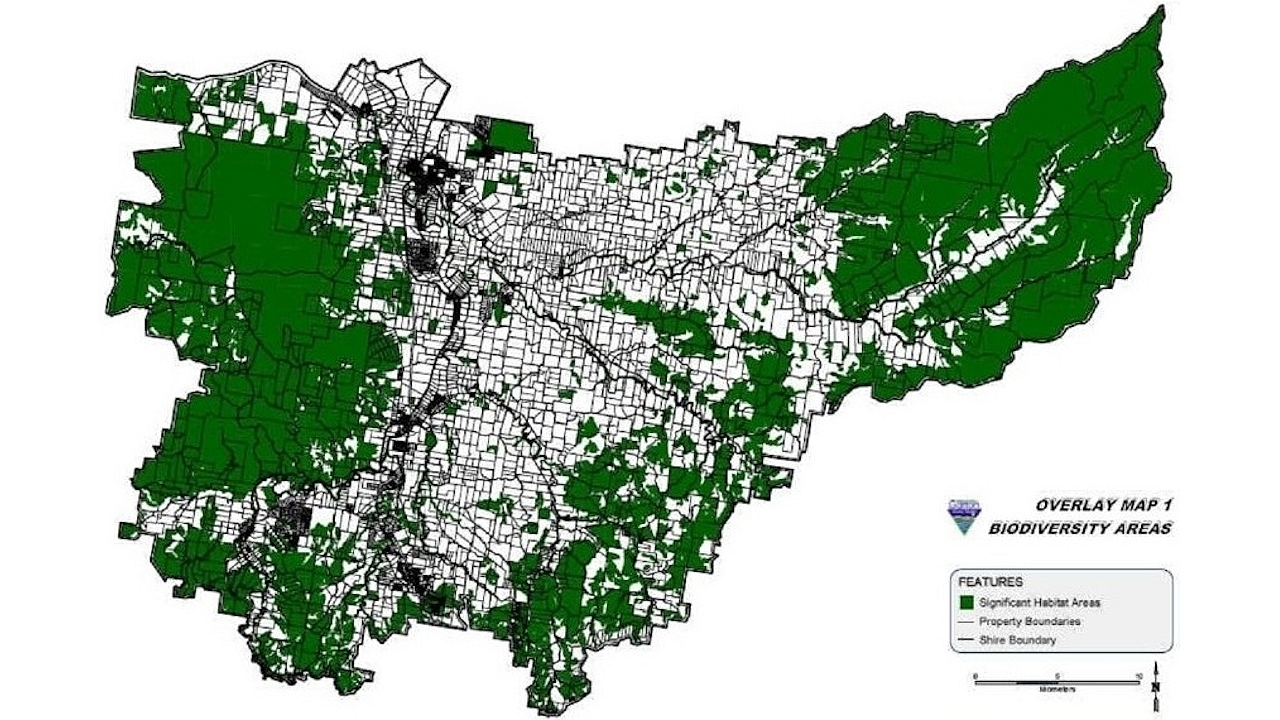
Use of the directive change strategy to bring about rapid and effective change
Change management is an ever-present need in our ever-changing world, but it is a difficult and challenging task.
A recent study1 looks at a successful change management process in a particularly difficult and challenging context, that of changing King Abdulaziz Medical City-Riyadh (KAMC-R), a clinical institution, into King Saud bin Abdulaziz University for Health Sciences (KSAU-HS):
The usual scenario for change management in the medical education field is an academic institution creating a patient care facility. The opposite change is however rather rare and challenging.
The study discusses several different strategies that can be considered in a change management process:
- Directive strategy – the manager uses his authority and imposes change with little or no involvement of other people.
- Expert strategy – usually involves expertise to manage and solve technical problems that result from the change.
- Negotiating strategy – manager shows willingness to negotiate and bargain in order to effect change with timely adjustments and concessions.
- Educative strategy – when the manager plans to change peoples’ values and beliefs.
- Participative strategy – when the manager stresses the full involvement of all of those involved and affected by the anticipated changes.
KSAU-HS was established by Royal decree, with only a few months given to establish the university and get it functioning. This necessitated use of the directive strategy.
The directive strategy is often met with resistance because people aren’t given enough time to be able to assimilate the changes. However, while there was initial uncertainty, several other strategies were applied later to help smooth the change:
- An “expert strategy” was used by the university information technology department and other related administrative agents to manage online curriculum technical issues.
- A “negotiating strategy” was used when the change managers negotiated with the different clinical departments to adjust the involved clinicians’ assignments aiming to accommodate their new academic tasks.
- An “educative strategy” was implemented aiming to describe the change aims and process to the clinical departments, enrich the involved stakeholders with the needed knowledge and skills, and gradually change the stakeholders’ values and beliefs.
The directive strategy was turned into an advantage that facilitated the rapid implementation of change. This experience serves as a model for others carrying out change management in similar contexts.
- Hanan M. Al-Kadri, Ibrahim A. Al Alwan, Mohamed S. Al-Moamary, Youssef A. Al Eissa & Bandar A. Al Knawy (2015). From Clinical Center to Academic Institution: An Example of How to Bring About Educational Change. Health Professions Education, 1, 4-11. ↩
Also published on Medium.






